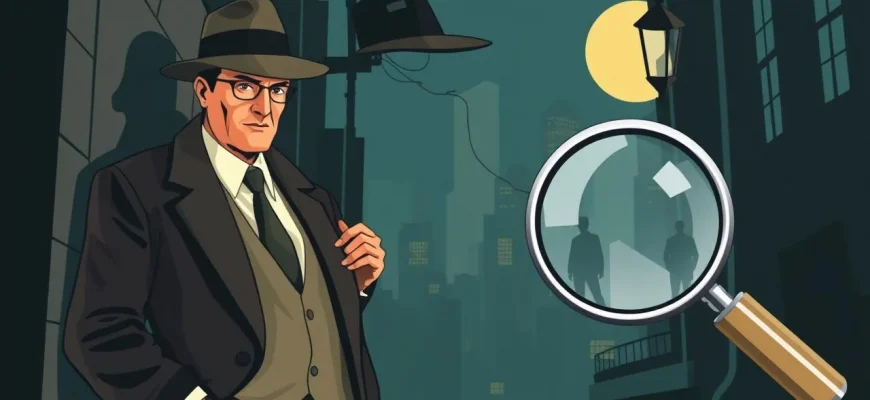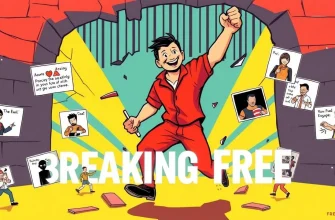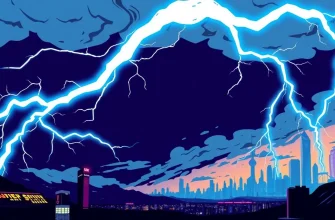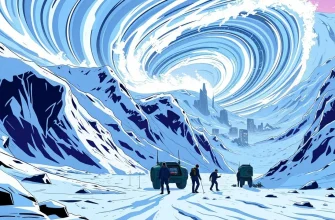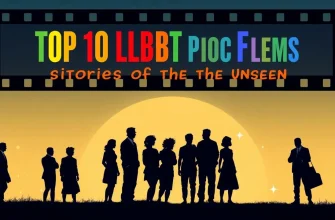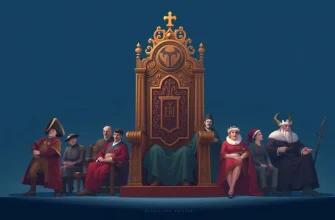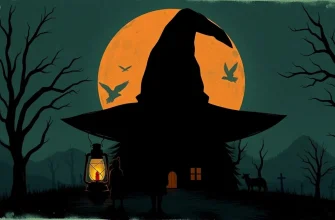If you're a fan of the classic whodunit, then this collection of crime films featuring private detectives is right up your alley. These films not only showcase the thrilling world of investigation but also delve into the complex characters of those who choose to work outside the law. From noir classics to modern twists, each film offers a unique take on the detective genre, making this list a must-watch for anyone who loves a good mystery.
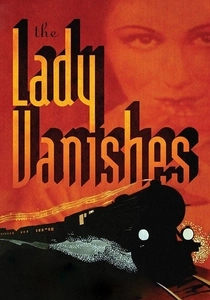
The Lady Vanishes (1938)
Description: While not a traditional detective story, this Alfred Hitchcock classic involves amateur sleuthing on a train, making it a fitting entry for its suspense and mystery elements.
Fact: The film was remade in 1979, but the original is often considered superior. It was also one of the last films Hitchcock made in Britain before moving to Hollywood.
 Watch Now
Watch Now
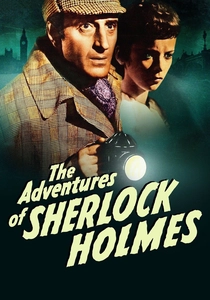
The Adventures of Sherlock Holmes (1939)
Description: Basil Rathbone's portrayal of Sherlock Holmes alongside Nigel Bruce's Dr. Watson is iconic, with this film showcasing Holmes' deductive prowess in solving a case involving a stolen necklace.
Fact: This was the second film in a series of 14 Sherlock Holmes films, and Rathbone's portrayal set the standard for future interpretations of the character.
 Watch Now
Watch Now
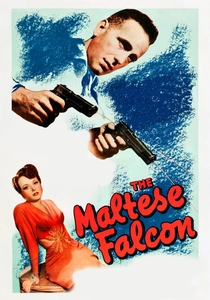
The Maltese Falcon (1941)
Description: This film is the quintessential detective noir, where Sam Spade, played by Humphrey Bogart, navigates through a web of deceit and murder in pursuit of a priceless statue. Its inclusion in this list is a nod to its pioneering role in shaping the genre.
Fact: The film was one of the first to receive three nominations for Best Actor at the Academy Awards. It was also the first film to use the term "gunsel," which was originally slang for a young homosexual man but was used here to mean a gunman.
 Watch Now
Watch Now
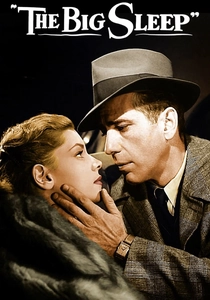
The Big Sleep (1946)
Description: Philip Marlowe, portrayed by Humphrey Bogart, unravels a complex case involving blackmail, murder, and family secrets. Its intricate plot and the chemistry between Bogart and Lauren Bacall make it a standout in detective cinema.
Fact: The screenplay was co-written by William Faulkner, and the film was released in two versions due to confusion over the plot, with the second version including additional scenes to clarify the story.
 Watch Now
Watch Now
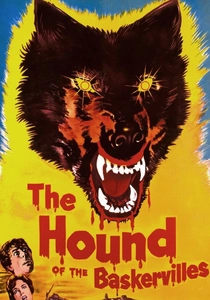
The Hound of the Baskervilles (1959)
Description: Another classic Holmes tale, this film adaptation brings to life the eerie legend of the Baskerville curse. Its atmospheric setting and faithful adaptation make it a must-watch for detective fans.
Fact: This was the first Sherlock Holmes film to be shot in color, and it was also the first time Peter Cushing played the detective.
 Watch Now
Watch Now
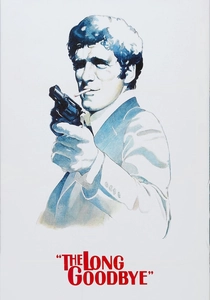
The Long Goodbye (1973)
Description: Elliott Gould plays Philip Marlowe in this modern take on Raymond Chandler's novel, where the detective's laid-back demeanor contrasts with the dark, twisty plot he gets entangled in. Its inclusion reflects its unique interpretation of the classic detective story.
Fact: The film was initially panned by critics but has since gained a cult following. It was also one of the first films to use the song "Hooray for Hollywood" in its soundtrack.
 Watch Now
Watch Now
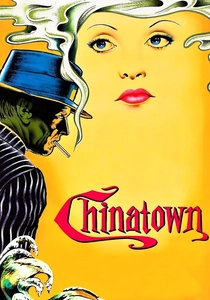
Chinatown (1974)
Description: Jack Nicholson's portrayal of Jake Gittes, a private eye in 1930s Los Angeles, leads to uncovering a conspiracy involving water rights, corruption, and personal tragedy. Its dark, brooding atmosphere and complex narrative make it a landmark in neo-noir cinema.
Fact: The film's famous line, "Forget it, Jake, it's Chinatown," was improvised by actor Joe Mantell. The script was also originally much longer, with many scenes cut for time.
 Watch Now
Watch Now
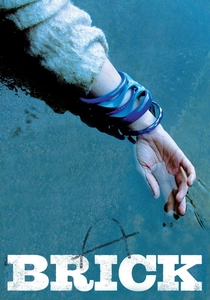
Brick (2005)
Description: A high school student, Brendan Frye, played by Joseph Gordon-Levitt, takes on the role of a detective to solve the murder of his ex-girlfriend. Its unique setting and dialogue make it a fresh addition to the detective genre.
Fact: The film was shot in just 20 days with a budget of under $500,
 Watch Now
Watch Now
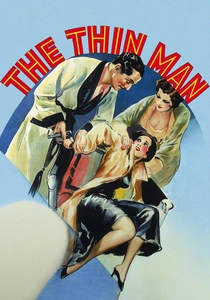
The Thin Man (1934)
Description: Nick and Nora Charles, played by William Powell and Myrna Loy, are a charming couple who solve mysteries while enjoying high society life. Its light-hearted approach to detective work makes it a delightful watch.
Fact: The film was so popular that it spawned five sequels, and the character of Asta, their dog, became a beloved figure in cinema.
 30 Days Free
30 Days Free
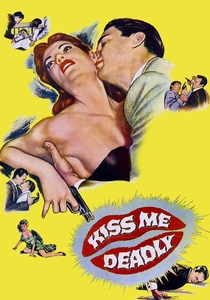
Kiss Me Deadly (1955)
Description: Mike Hammer, played by Ralph Meeker, gets entangled in a mystery involving a mysterious box and a series of murders. Its gritty, hard-boiled style and existential themes make it a standout in the genre.
Fact: The film was banned in the UK for 14 years due to its violent content. It also influenced many later films, including Quentin Tarantino's "Pulp Fiction."
 30 Days Free
30 Days Free

